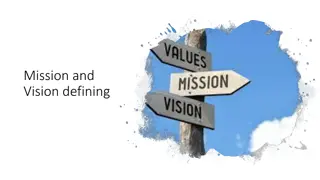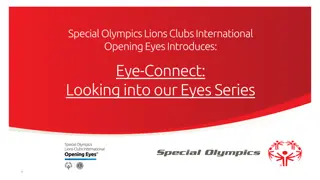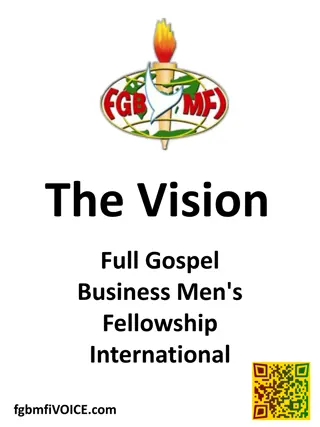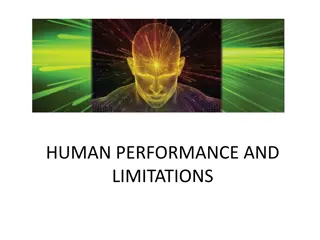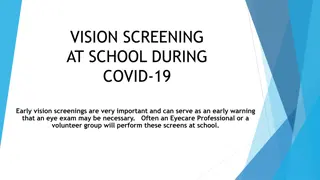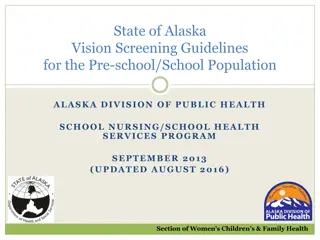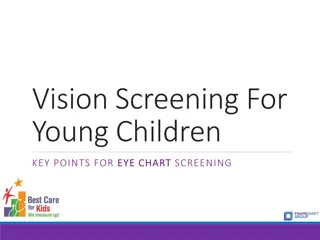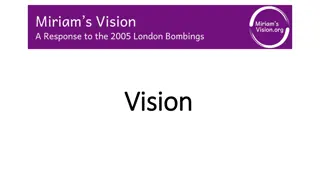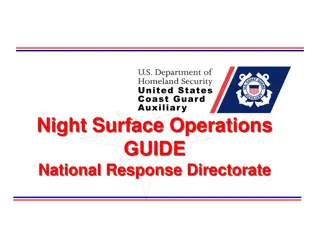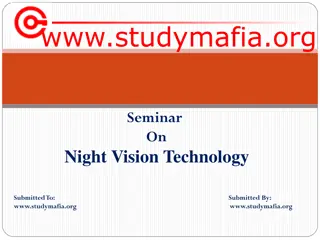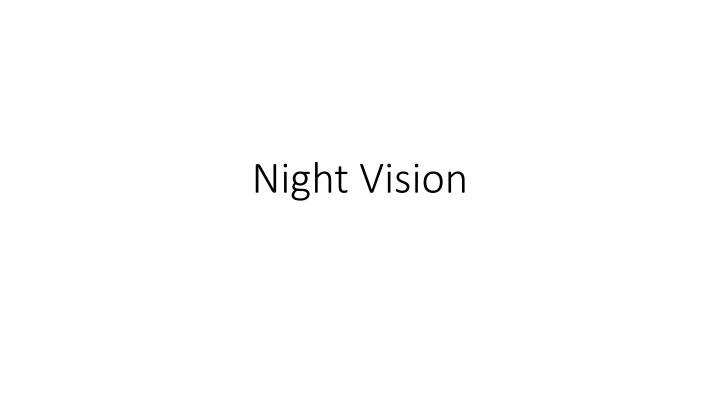
Night Vision Technology: Enhancing Driver Safety and Awareness
Discover how night vision systems utilizing thermal and infrared imaging can improve passenger safety by providing warnings to tired or distracted drivers. Learn about the components, operation, diagnosis, and service of night vision technology.
Download Presentation

Please find below an Image/Link to download the presentation.
The content on the website is provided AS IS for your information and personal use only. It may not be sold, licensed, or shared on other websites without obtaining consent from the author. If you encounter any issues during the download, it is possible that the publisher has removed the file from their server.
You are allowed to download the files provided on this website for personal or commercial use, subject to the condition that they are used lawfully. All files are the property of their respective owners.
The content on the website is provided AS IS for your information and personal use only. It may not be sold, licensed, or shared on other websites without obtaining consent from the author.
E N D
Presentation Transcript
What is Night Vision What: A system that utilizes thermal or InFraRed imaging to See beyond the headlights illumination to identify potential hazards. Why: To improve passenger safety by providing warnings to potentially tired or distracted drivers. Benefits: Decrease in accidents / injuries / deaths caused by tired or distracted drivers How: Utilization of cameras and electronically controlled systems can interpret and react to changing conditions faster than a human driver in many situations reacts. System is Passive (Provide audio, visual or haptic feedback) to notify driver of a pending situation.
Night Vision Operation Thermal or InFraRed camera detect obstructions (vehicles, pedestrians, animals) Notify driver with visual information May utilize recognition algorithms to Recognize objects
Night Vision Components Components Night Vision Camera Forward Looking InfraRed (FLIR) Thermographic (Heat) Module(s) Control Switch Visual Indicators Display Instrument Cluster Heads up Display (HUD)
Night Vision Diagnosis Visual inspection Damage grill / front of car Damage to camera Fault codes OEM SAE Electrical testing Power Ground Signals BUS Communications External conditions Weather Heavy rain Snow / Sleet / Hail Fog Smoke / Dust Lens Clarity
Night Vision Service / Calibration Mechanical Targets Some sensors hard mounted, some may be adjustable Non-related repairs and services can require calibration Alignment Collision Lens Cleaning Systems Self / Auto Driving


